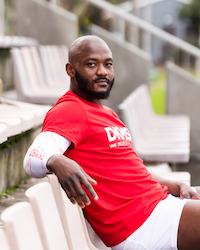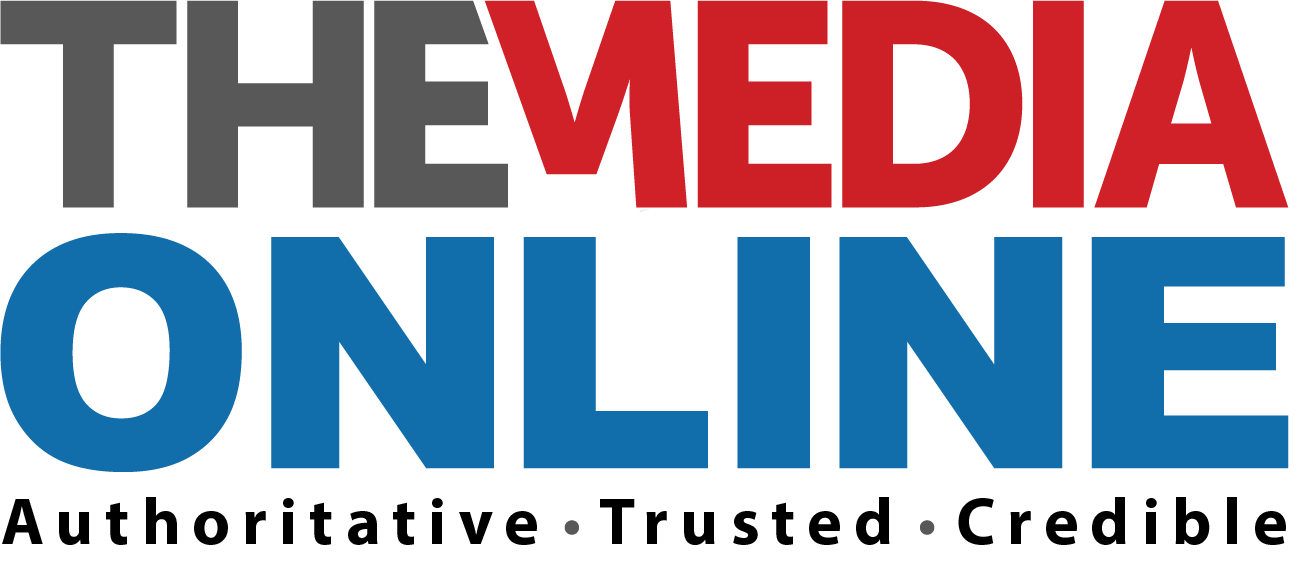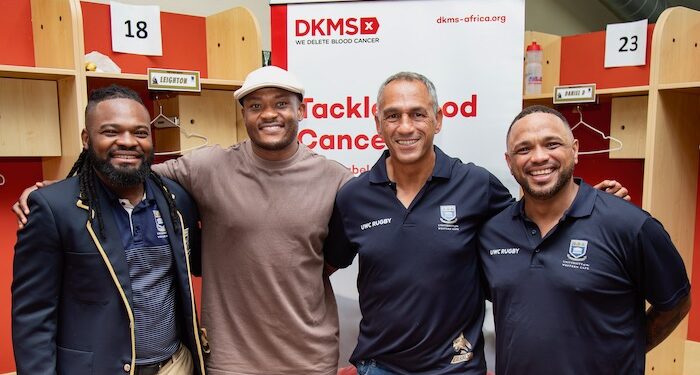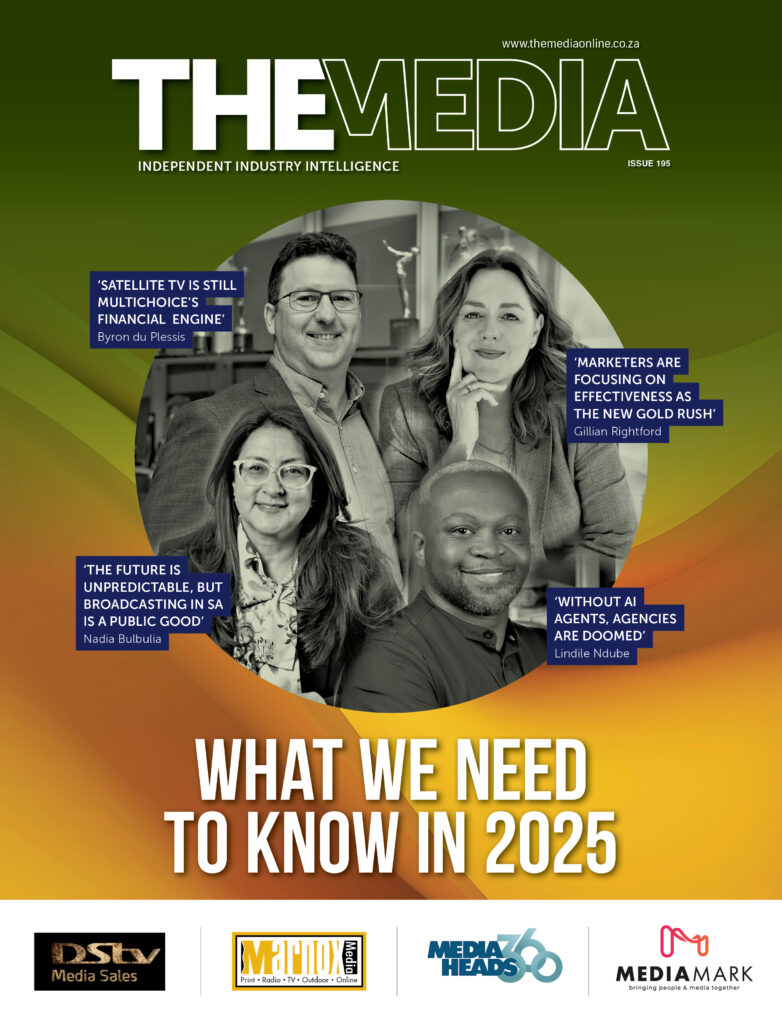DKMS Africa is a qualifier in the 2025 Marketing Achievement Awards in the Excellence in Integrated Marketing category for its 360° Patient Appeal and Excellence in Purpose-led Marketing for its World Blood Cancer Campaign. The awards take place on Thursday night [29 May 2025]. Here’s head of community engagement and communications, Palesa Mokomele, with insights into this challenging marketing environment.
The mission remains clear: we must evolve with a shifting media landscape, and continue finding ways to reach the right people with the right message – because lives depend on it.
Pressured by evolving audience behaviour, economic difficulties, and increasing AI-generated content, traditional media platforms – TV, radio, and print – are losing relevance, with circulation figures falling, newsrooms shrinking, and publications folding as a result.

For non-profit organisations (NPOs) like DKMS Africa, that rely on storytelling to educate and mobilise the public, this presents both challenges and opportunities.
Even as earning media coverage becomes harder, with fewer opportunities and fiercer competition for visibility in an overcrowded information space, social platforms like Facebook, YouTube and WhatsApp now act as key news sources, reshaping both the content people consume and how they engage with media.
But because algorithmic shifts have deprioritised organic reach, organisations now have to compete with brands, influencers, and paid content for attention.
Media coverage is no longer just about generating compelling stories; it’s now also about ensuring those stories reach the right people. To remain effective, NPOs must embrace a multi-platform approach.
This includes:
- Owned media: Creating and publishing our own content across blogs, newsletters, and video platforms ensures we maintain control over our messaging. Case studies, personal donor-recipient stories, and behind-the-scenes insights keep our audience engaged.
- Strategic partnerships: Collaborating with independent journalists, influencers and strong brands allows us to continue telling impactful stories even as mainstream media resources dwindle.
- AI and data-driven content strategy: While AI threatens traditional journalism, it also offers new tools for NPOs. By using AI analytics to identify audience trends and engagement patterns, we can create content that resonates and adapts in real time.
Personalising automation
The conversation currently dominating the sector is what the rise of AI-generated content means for NPOs whose work depends on credibility and authentic human storytelling.
While AI tools offer efficiency, they lack the emotional depth and trust that non-profit stories require. Blood cancer patients, donors, and their families share deeply personal experiences; stories that drive action and inspire change. These narratives cannot be effectively replicated by algorithms.
DKMS Africa combines data insights with real-life experiences shared via video testimonials, first-person narratives, and interactive Q&As to ensure authenticity and create stronger connections.
The key to breaking through the noise in an AI-saturated media space is to deliver content that is not just informative but deeply personal and relatable.
Investigating collaborative storytelling
Another pressing concern for NPOs is the decline of investigative journalism, which has long been crucial in covering public health crises, systemic failures, and influencing policy change. Shrinking newsroom budgets, rising production costs, and widespread journalist layoffs have drastically reduced resources for in-depth public health reporting.
This shift is further compounded by the commercialisation of media and the growing emphasis on click-driven content. As outlets chase engagement and virality, shareable stories often take precedence over accuracy and depth.
As a result, NPOs must play a greater role in bridging the gap, much like in Zimbabwe, where investigative reporting is increasingly funded by non-profits. We are increasingly taking on the role of storytellers, working alongside journalists to provide credible, well-researched narratives.
This includes pitching stories and equipping media professionals with the necessary context, access to experts, and patient testimonials to create compelling content.
Additionally, collaborations with independent and community media outlets help ensure that critical health information reaches underrepresented audiences. Given the life-saving nature of blood stem cell donation, these partnerships are essential in sustaining awareness beyond the mainstream media cycle.
Future forward
The challenges in the evolving media environment also presents opportunities for innovation.
Non-profit marketing and communications can only benefit from:
- Building direct-to-audience channels: Investing in video content, interactive campaigns, and podcasts to engage audiences where they already spend time.
- Advocating for ethical AI integration: Ensuring AI tools are used responsibly in public health communications without compromising human connection.
- Strengthening relationships with independent journalists: Supporting quality journalism that aligns with NPO objectives.
In 2025 and beyond, the ability to adapt, diversify, and stay human-centred will define the success of non-profit storytelling.
For DKMS Africa, the mission remains clear: no matter how the media landscape shifts, we must continue finding ways to reach the right people with the right message – because lives depend on it.

Palesa Mokomele is head of community engagement and communications at DKMS Africa. For further information, get in touch with DKMS Africa at 0800 12 10 82.
CLICK ON THE COVER TO READ THE APRIL 2025 ISSUE OF THE MEDIA















